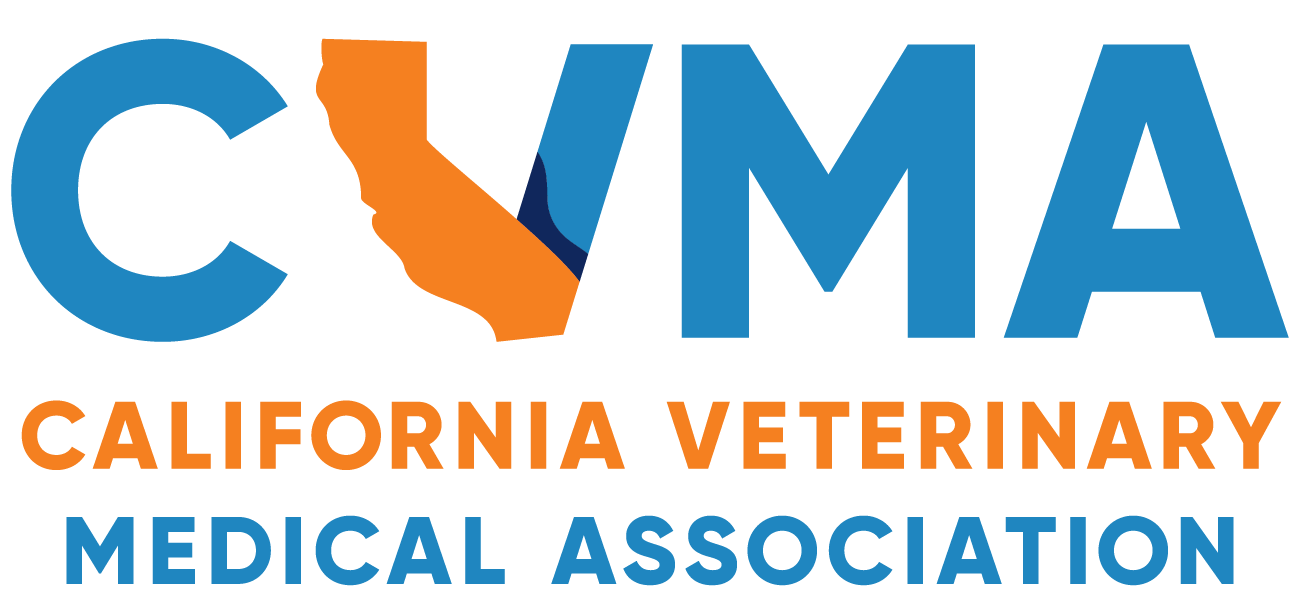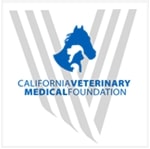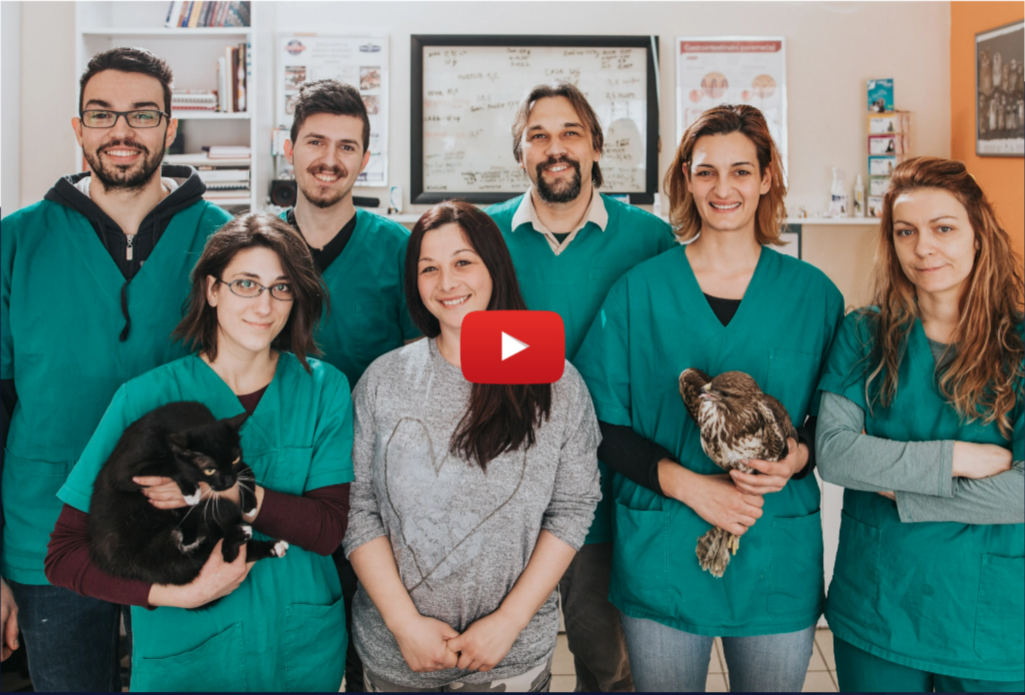This article was originally printed in the Sept/Oct 2025 issue of the California Veterinarian magazine.
Limb propulsion in quadrupeds differs significantly from the bipedal locomotion more familiar to us. Analyzing the kinematics of canine movement offers valuable insight into the mechanics of mobility, highlighting both vulnerabilities and strategies for restoring function. From a bipedal perspective, it may seem surprising that cruciate ligament injuries are more prevalent in dogs than in humans. Based solely on weight distribution, one might expect humans—bearing full body weight on just two limbs—to experience 2.5 times the injury rate seen in dogs. Yet, this is not the case. The explanation lies in the fundamental differences in biomechanics.
In humans, the lower limbs are responsible for propulsion, landing, turning, shock absorption, and overall mobility. In quadrupeds, however, these roles are divided among four limbs with a remarkable degree of specialization. Canine propulsion is not isolated to the pelvic limbs but involves the entire body, including an actively engaged vertebral column.
While the human locomotor system extends from the pelvis to the heel, the canine system integrates four limbs and the spine. In dogs, the pelvic limbs primarily generate thrust, while the thoracic limbs contribute to support, steering, and balance. Importantly, propulsion originates cranially, beginning in the thoracic limbs and scapulae, then traveling along the spine before reaching the pelvic limbs and, finally, the distal toes.
Several biomechanical advantages emerge from this setup. Large, centrally located perivertebral muscles initiate thrust using powerful flexion and extension of the lumbosacral spine, effectively acting as a springboard. This initiates a wave-like motion that moves distally through the limb, culminating in a rapid, whip-like extension of the paw via the deep digital flexors.
Muscle mass is largely concentrated in the trunk and proximal limb segments, while the distal limbs remain light. Even tendon attachments are proximally located, with long, slender tendons extending to the toes. This proximal mass distribution reduces the polar moment of inertia, allowing the limbs to move more efficiently and with less resistance to angular motion.
As with any motion system, canine locomotion is enhanced by the use of levers, which improve mechanical efficiency, speed, and power. These lever systems differ from those in humans and are particularly sensitive to dysfunction. Pain or instability in any part of the motion chain—especially near key levers—can significantly impair mobility. The canine stifle is at the confluence of large levers and plays a central role to mobility undergoing considerable sheer force. As we look to other regions, this also applies to the lumbosacral junction and elbow.
Understanding these specialized adaptations is crucial for accurate diagnosis, treatment, and recovery in canine patients.
The topic of Dr. Fitch’s presentations at the CVMA’s 2025 Fall Seminar will be orthopedic surgery. Join us on October 10-12, 2025 in person in Monterey or virtually to attend Dr. Fitch’s lectures!








